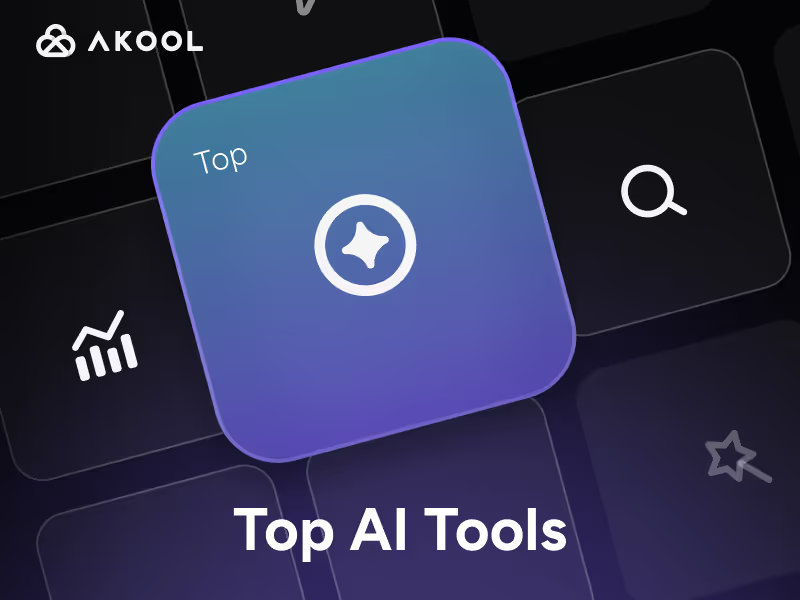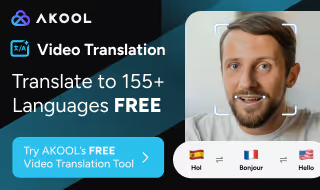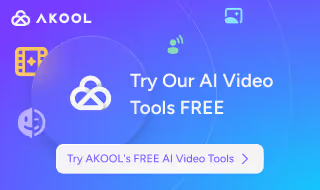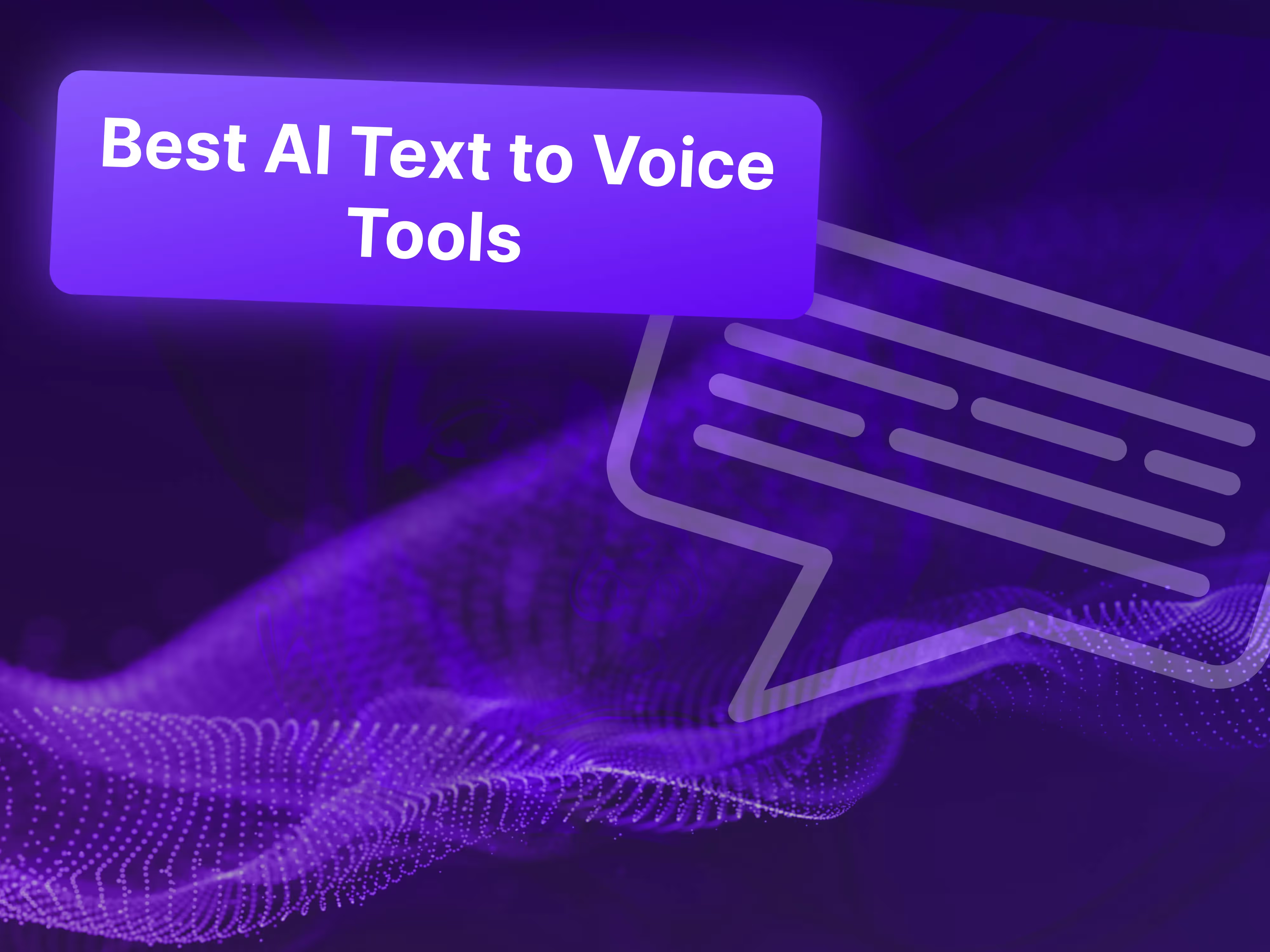AI video creation tools have rapidly evolved, empowering businesses, enterprises, and creators to turn simple text prompts into compelling video content. Whether you’re seeking cinematic visuals, branded marketing assets, or quick social media clips, today’s top AI video makers offer a diverse range of features, pricing models, and creative controls. Below, we break down the five leading AI tools for text-to-video creation, highlighting what sets each apart, how they compare, and where they fit in the broader market landscape.
Akool: Best for Deep Customization and Brand Control
Akool is an advanced AI video platform tailored for businesses and creators who demand both creative flexibility and scalability. Its intuitive workflows allow users to transform text, images, or audio into high-quality videos, supporting everything from quick social clips to detailed, branded marketing content. Whether you’re experimenting with short promos or longer explainers, Akool’s multi-scene storyboard generation and interactive timeline make it easy to stay on-brand. Recent 2025 updates include faster rendering, avatar customization, and seamless integrations with leading marketing platforms.
Key Features:
- Multi-modal input and editing: Start from a text script or image sequence and refine each scene with granular controls.
- Branding and customization: Upload your logos, color palettes, and fonts to maintain consistent visual identity.
- AI avatars and voiceovers: Its library of digital presenters supports both standard character sets and tools for video creation with streaming avatars.
Pricing:
- Free plan: 5 minutes of video per month (watermarked)
- Pro plan: $25/month for 60 minutes, watermark removal, priority rendering
- Enterprise: Custom pricing for teams and agencies
Pros:
- Highly customizable scenes and branding controls
- 4K export support and improved rendering speeds
- Strong marketing and productivity integrations
Cons:
- Advanced features have a learning curve
- Avatar realism is still maturing
- Free tier limits professional use
Use Cases:
- Promotional ads with embedded logos and messaging
- Interactive training and e-learning modules
- Personalized sales outreach via custom video messages
Unique Selling Point:
Akool’s blend of deep customization, multi-modal editing, and robust branding tools makes it ideal for businesses seeking full creative control.
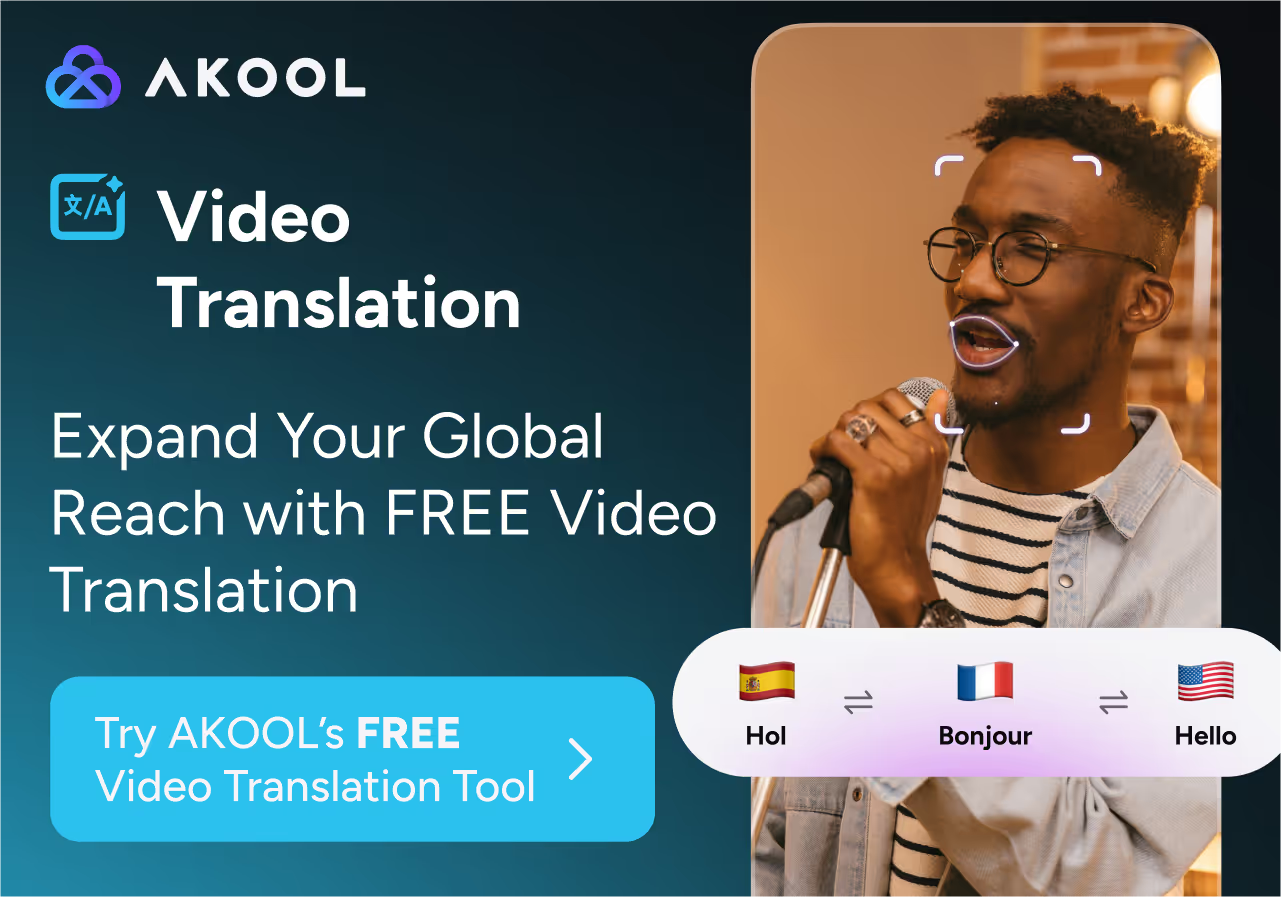
Runway: Best for Cinematic and Experimental Video Creation
Runway is a powerhouse for creators who want advanced control over generative video. Its Gen-4 model enables high-fidelity video creation from text or images, with fine-grained adjustments for camera movement, scene composition, and aesthetics. This makes Runway a favorite among filmmakers, artists, and experimental content creators seeking to push the boundaries of creating AI videos. In 2025, Runway added improved camera rigs, extended shot lengths, and an expanded Academy for prompt engineering.
Key Features:
- Text and image-to-video: Generate clips from prompts or images, then animate with sophisticated camera and lighting controls.
- Comprehensive editing suite: Includes AI-powered background removal, slow-motion, subtitles, and sound mixing.
- Academy and prompt guides: Step-by-step resources for mastering creative workflows and advanced techniques.
Pricing:
- Free plan: 125 one-time credits
- Standard plan: $15/month for Gen-4 access, 625 credits, watermark removal
- Additional credits sold à la carte
Pros:
- Exceptional creative control over camera moves and scene details
- Rich educational content for prompt engineering
- Versatile generation and editing capabilities
Cons:
- Steep learning curve for advanced features
- Credit-based pricing can add up
- Complex prompts sometimes yield inconsistent results
Use Cases:
- Narrative short films with custom camera paths
- Avant-garde art installations and experimental pieces
- High-impact social media teasers
Unique Selling Point:
Runway’s combination of cinematic controls and educational support makes it the go-to for filmmakers and experimental artists.
OpenAI Sora: Best for Narrative-Driven, Multi-Scene Video Creation
OpenAI Sora brings state-of-the-art text-to-video capabilities to ChatGPT Plus users. Designed for simplicity, Sora allows you to generate visually engaging videos from basic prompts using a storyboard-based workflow that’s ideal for multi-scene narratives. Its remix feature makes it easy to iterate on existing videos, accelerating the creative process for rapid prototyping. Compared to other platforms, Sora remains limited by video length and geographic availability but shines in accessibility.
Key Features:
- Storyboard-based generation: Build each scene sequentially, ensuring smooth narrative flow—perfect for those exploring the best text-to-video AI options.
- Remix and edit: Tweak prompts or upload new images to evolve your project over multiple drafts.
- High-quality exports: Supports up to 1080p resolution across scenes for consistent output.
Pricing:
- ChatGPT Plus: $20/month (50 priority generations, 720p, 5 s max)
- Pro: $200/month (500 generations, 1080p, 20 s max, no watermark)
Pros:
- Intuitive interface for beginners
- Unique storyboard workflow for complex stories
- Fast iteration with remix tools
Cons:
- US-only and ChatGPT Plus requirement
- Short maximum duration per clip
- Watermark on basic tier
Use Cases:
- Multi-scene marketing narratives
- Quick prototyping of video concepts using free text-to-video generators
- Animated explainers for educational content
Unique Selling Point:
Sora’s storyboard and remix capabilities make multi-scene storytelling accessible with minimal technical overhead.
Adobe Firefly: Best for Enterprise-Ready, Legally Safe Video Generation
Adobe Firefly is designed for businesses and agencies that require legally safe, high-quality AI video outputs. Built on exclusively licensed datasets, Firefly ensures every frame is cleared for commercial use—vital for compliance-focused workflows. Its deep integration with Adobe Creative Cloud lets teams move seamlessly from generation to professional editing in Premiere or After Effects. In 2025, Firefly added beta 4K export, a larger free trial quota, and clearer dataset transparency.
Key Features:
- Commercial and legal safety: Trained on verified data, eliminating copyright concerns—an advantage over many must-try AI video generator apps.
- Rapid turnaround: Generates 5-second 1080p clips in minutes with industry-leading speeds.
- Creative Cloud integration: One-click export to Photoshop, Premiere, and other Adobe tools.
Pricing:
- $9.99/month for 1080p, 5 s clips, two free generations
- 4K support rolling out to select users
- Additional features via full Creative Cloud subscription
Pros:
- Guaranteed commercial safety
- Fastest generation times among major platforms
- Familiar Adobe environment for post-production
Cons:
- Very short clip lengths require manual assembly
- Limited creative controls compared to Runway or Akool
- Restrictive free trial
Use Cases:
- Ad campaigns with strict copyright requirements
- Pre-production storyboards and concept reels
- Enterprise training videos that need legal clearance
Unique Selling Point:
Firefly’s combination of legal safety and native Creative Cloud workflows sets it apart for enterprise teams.
Kling AI: Best for Dialogue-Driven and Long-Form AI Video Projects
Kling AI is a professional-grade AI video generator focused on realistic physics, consistent subjects, and advanced lip-sync. Its shot extension feature lets you build continuous scenes up to three minutes, a standout capability among all-in-one AI tools for script-to-video workflows. The 2025 Kling 2.0 release improved lip-sync accuracy, added meme-style presets, and expanded uploadable assets, making it a versatile choice for both professional and viral content.
Key Features:
- Lip-sync and dialogue: Produce interviews, training modules, or explainers with tight speech-to-face synchronization.
- Shot extension: Seamlessly extend clips to three minutes, surpassing most competitors’ limits.
- Preset effects and uploads: Add custom objects, clothing, or meme-worthy animations to any scene—on par with AI video generation tools including Synthesia alternatives.
Pricing:
- Paid plan: $10/month for 1080p, 10 s shots, full feature access
- Free plan: Limited features, longer render times
Pros:
- Industry-leading lip-sync fidelity
- Flexible shot extension for long-form storytelling
- High realism and subject consistency
Cons:
- No 4K support
- Limited onboarding resources
- Occasional unpredictability with complex scenes
Use Cases:
- Dialogue-heavy interviews or training videos
- Extended narratives for education or storytelling
- Shareable social content with built-in meme effects
Unique Selling Point:
Kling AI’s lip-sync precision and shot extension make it the top choice for professional, dialogue-driven, or long-form AI video productions.
Feature Comparison and Market Context
Across the AI video landscape, all five tools deliver core text-to-video functionality, but each targets distinct needs:
- Akool leads in deep customization, branding, and multi-modal editing, making it ideal for businesses seeking control and scalability.
- Runway stands out for cinematic and experimental projects, offering advanced camera and scene controls.
- OpenAI Sora is best for narrative-driven, multi-scene videos with a simple, accessible interface, though it’s limited by geography and video length.
- Adobe Firefly is the top choice for enterprises needing legally safe, fast, and compliant video generation, with seamless Creative Cloud integration.
- Kling AI excels in dialogue-driven and long-form content, thanks to its superior lip-sync and shot extension capabilities.
When evaluating AI video makers, match your priorities—creative control, legal compliance, cinematic quality, or rapid iteration—to the platform best aligned with your workflow and content goals.
Frequently Asked Questions
How do AI video creation tools turn text into video?
AI video tools use machine learning models to interpret text prompts and generate visual scenes, animations, or avatars that match the script. Some platforms allow further editing and customization after the initial video is created.
Can I use AI-generated videos for commercial purposes?
Most platforms allow commercial use, but it’s important to check each tool’s licensing and copyright policies. Tools like Adobe Firefly specifically emphasize legally safe, commercially cleared content for business use.
What are the main limitations of AI video generators?
Common limitations include short maximum video durations, occasional inconsistencies in complex scenes, and limited creative controls compared to manual video editing. Some tools may also require prompt engineering skills for best results.
Do I need video editing experience to use these tools?
No advanced experience is required. Most platforms are designed for accessibility, though some—like Runway or Akool—offer advanced features that may have a learning curve for new users.
How do pricing models typically work for AI video tools?
Pricing varies by platform. Many offer free tiers with watermarks or limited features, while paid plans provide higher quality exports, longer video durations, and additional customization options.



